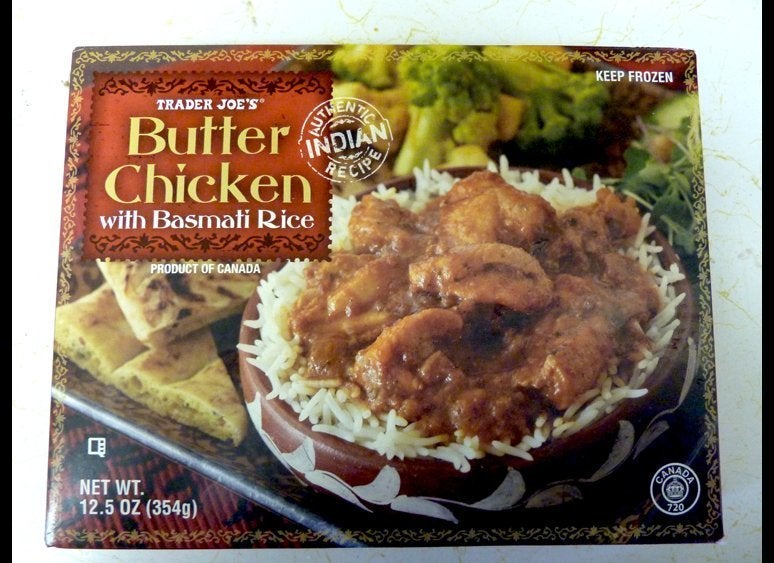
President Barack Obama came into office during one of the worst salmonella outbreaks in United States history, in which at least 700 people fell ill after eating tainted peanut butter. Days after his inauguration, he pledged to make peanut butter (and all American food) safe to eat, a promise he seemed to be on the way to fulfilling when signing the Food Safety Modernization Act (FSMA) into law on Jan. 4, 2011.
Yet the actual impact of the law remained unclear until the release of the regulations for produce and preventive controls this January, exactly two years later. The rules detail the measures farms and food manufacturers must take to reduce the risk that their food will make people sick, from writing food safety plans to making clean bathrooms readily available to farm workers. These regulations are widely considered the most significant to hit the food industry since nutritional labels became standard in 1990.
Reading 1,286 pages of dense federal regulations is no one’s idea of fun, but that’s exactly what Marc Sanchez spent the entirety of the first weekend of 2013 doing, when the Food and Drug Administration released the first two sets of regulations tied
to the two-year old Act. As an attorney specializing in FDA requirements in Atlanta, Sanchez had to know how the rules would affect his clients.
Sanchez’s clients are wary of the potentially high cost of bringing their facilities up to code -- about $13,000 per plant, according to FDA estimates. So they often ask him: What would happen if they chose not to comply fully with the regulations? Would the FDA ever catch them? Sanchez isn't always sure how to answer. He isn’t convinced that the act’s mandate for more frequent inspections will change how many of the country’s food facilities the FDA chooses to inspect -- which is currently a small percentage.
"It really comes down to whether you have enough agents to inspect the facilities," Sanchez told The Huffington Post. "If the states don't have enough agents to cover it, and the FDA doesn't have enough agents to cover it, it's going to get lost."
The CDC estimates that foodborne pathogens such as salmonella and listeria collectively sicken about 48 million Americans, and kill about 3,000, every year. The FDA says that farmers and manufacturers could prevent up to 2.5 million of these illnesses by bringing their production practices into compliance with the two regulations.
Sanchez's doubts about whether the FDA can usher that change forward are well founded. Officials at the FDA, including agency head Margaret Hamburg, have been saying that since FSMA was passed that the FDA will need far more money than it has been given so far to enforce FSMA with regular inspections. As a result, food safety advocates believe that food producers are unlikely to have the proper incentives to come into full compliance with the new regulations. That could leave the nation’s food just as likely to cause deadly outbreaks of foodborne illness as it was before FSMA’s passage.
"Rules are great, but meaningless if there's no verification and enforcement," said food safety expert Doug Powell of Kansas State University.
While FSMA was being debated in the Senate, the Congressional Budget Office estimated it would cost the federal government
In its funding request for fiscal year 2013, the Obama administration requested a total of $253 million in additional funding for food safety, some in the form of direct appropriations but mostly in the form of industry fees. Yet the House of Representatives ignored the industry fees altogether and allocated just $20 million in additional funding for the FDA's food safety program in 2013. Food safety experts believe that FDA's budget isn't likely to grow much larger anytime in the near future, given that the new chairman of the House Agriculture Appropriations Subcommittee, which oversees the FDA's budget, is Alabama Republican Robert Aderholt, a member of the Tea Party caucus with a reputation as a "cost-cutter."
If Congress doesn't give the FDA more resources for enforcement, Tony Corbo of the Food & Water Watch thinks there's a significant possibility that some manufacturers will ignore the new regulations, as many seafood producers ignored similar regulations when they were enacted with minimal enforcement in 1995.
"There's a chance that some people are going to try to skate by hoping and thinking there's such a remote chance FDA is going to catch them, that it's not worth the cost of implementation," he said.
Well aware of this possibility, the FDA is hard at work trying to find a way to do more with less, from outsourcing inspections to states to increasing the number of facilities and farms exempt from regulations. The former saves the FDA a great deal of money -- about $15,000 per inspection, according to data provided to The Huffington Post by the FDA -- but the savings may come at the cost of increased illnesses, according to some food safety experts.
"It's not as simple as it sounds," said David Plunkett at the Center for Science in the Public Interest. "The states have their own responsibilities and their own budget problems. The states are not equal in the quality and training of the people they put out into the field to do these inspections."
On the other hand, Sanchez argued that the punitive powers FSMA granted the FDA are harsh enough to scare many food manufacturers into complying. He pointed to the severe measures the FDA took against Sunland after its peanut butter was found to have been contaminated with salmonella as an example that may deter some would-be rulebreakers in the future. "The risk that you'll be caught may be low, but the consequences if it happens are high," he said.
If Sanchez is right, farms and food manufacturers may be risk-averse enough to comply with the regulations even if they aren’t inspected regularly. But if he’s wrong, the health of two and a half million Americans a year could be compromised.
